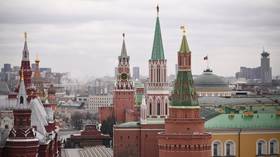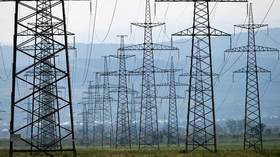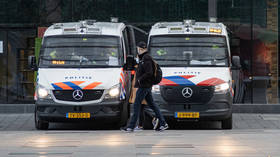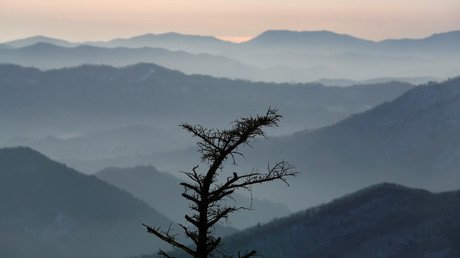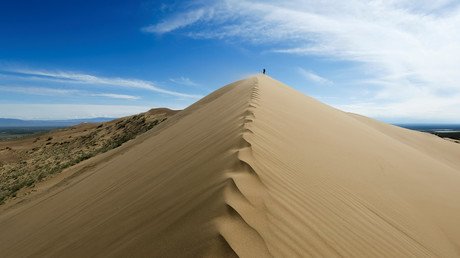Fukushima’s radioactive farmland to become clean-energy hub, powering the region & Tokyo metropolitan area
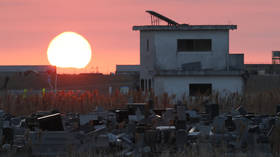
Japan’s Fukushima Prefecture, which suffered one of the world’s worst nuclear disasters eight years ago, is now set to be transformed into a renewable energy hub, with the first solar farm to start working there in January.
The $2.7 billion clean-energy project includes plans for 11 solar farms and 10 wind farms with a total capacity of 600 megawatts and is scheduled for completion by March 2024.
Building wind and solar farms on agricultural land tainted by radiation from the 2011 Daiichi plant meltdown will help rejuvenate the area, which also suffered earthquake and tsunami damage, Masashi Takeuchi, the head of the energy division at the Fukushima prefectural government, said.
Also on rt.com Russian nuclear firm wins contracts to clean up FukushimaAccording to Takeuchi, who was cited by Bloomberg, the first solar farm will probably be a 20 megawatt project in Minamisoma city in the northern part of Fukushima prefecture.
The government plans to power the entire region with 100 percent renewable energy by 2040.
A new 80-km (50-mile) grid which is also in the works will feed the power into the metropolitan area of Tokyo. The Fukushima government expects renewables to provide 13-14 percent of Japan’s national energy mix by 2030.
“Fukushima is the third largest prefecture in Japan and has diverse resources (solar, wind power, geothermal power, water resources, forest resources, etc.) and has great potential for introducing renewable energy,” the Fukushima prefecture government said.
Also on rt.com Japan may offer its Fukushima robots to US for denuclearization of North Korea – reportThe accident at the Fukushima nuclear power plant occurred in March 2011 when a massive tsunami triggered by a 9.0-magnitude earthquake, overwhelming the reactor cooling systems. It caused reactor meltdowns, releasing radiation in the most dangerous nuclear accident since Chernobyl in 1986.
For more stories on economy & finance visit RT's business section




